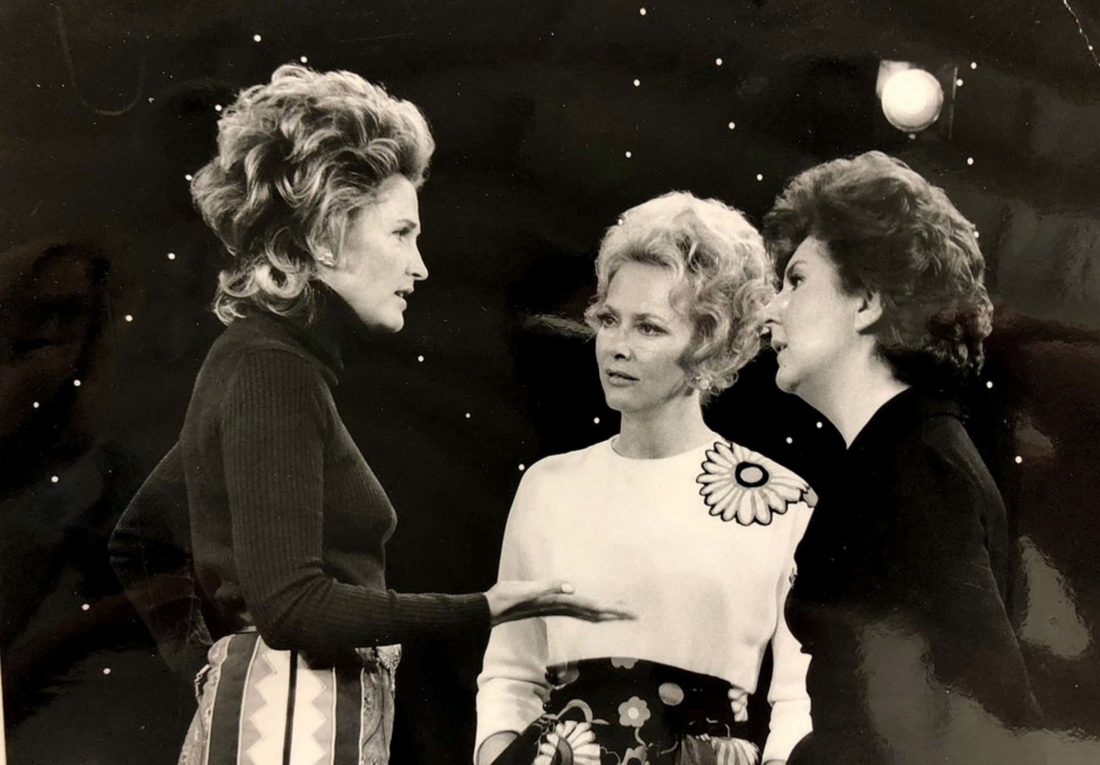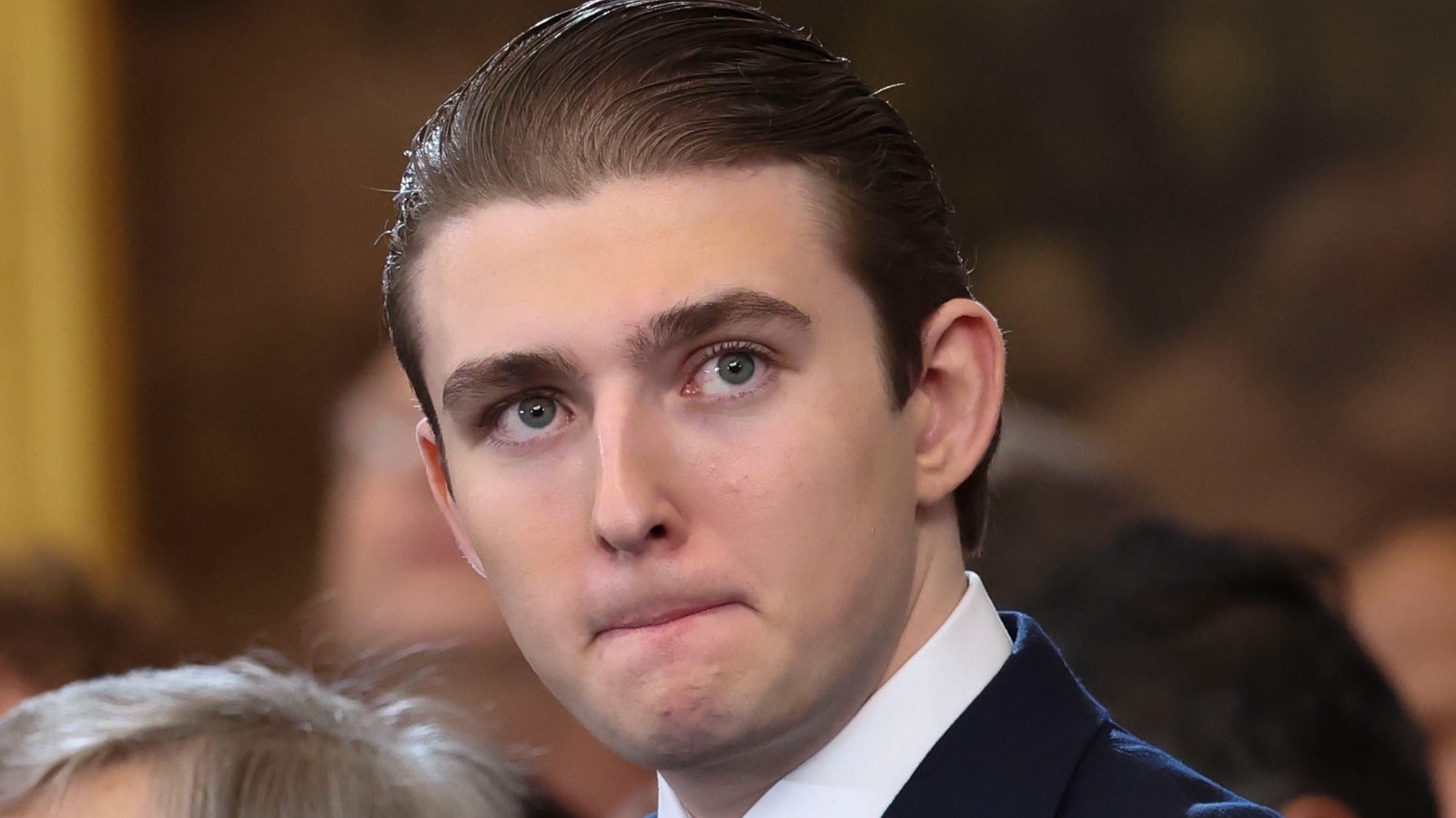
Alright, history buffs, gather ’round! We all know the Founding Fathers – George Washington, Thomas Jefferson, Benjamin Franklin, John Adams, Alexander Hamilton, and a few other stellar names that echo through the hallowed halls of American lore. These are the titans whose philosophies continue to inform, educate, and inspire, the brilliant minds who drafted our foundational documents and helped define the very ideology of the free world. But let’s be honest, sometimes the history lessons can feel a little… dry. You might be aware of their immense significance, but are you truly hip to the quirky, the scandalous, and the downright surprising details that textbooks often gloss over?
Prepare to have your perception of these historical giants utterly rocked! Forget the stiff portraits and the lofty rhetoric for a moment. We’re about to dive into a treasure trove of facts, trivia, and lesser-known information about this formidable group that reveals them to be far more complex, human, and endlessly fascinating than you ever imagined. From secret pet bears to presidential pups named ‘Satan,’ and from passionate pleas against slavery in early drafts of sacred documents to the surprising origins of a term we now take for granted, these stories are pure gold.
So, if you thought you knew everything there was to know about America’s architects, think again! We’ve assembled a laundry list of astonishing revelations that will make you look at these influential figures in a whole new light. Get ready to unearth the hidden layers of history and discover the truly wild and wonderful details that paint a much richer, more surprising picture of the men who birthed a nation. Let’s peel back the layers and uncover some seriously cool secrets, starting with a term you probably use without a second thought.
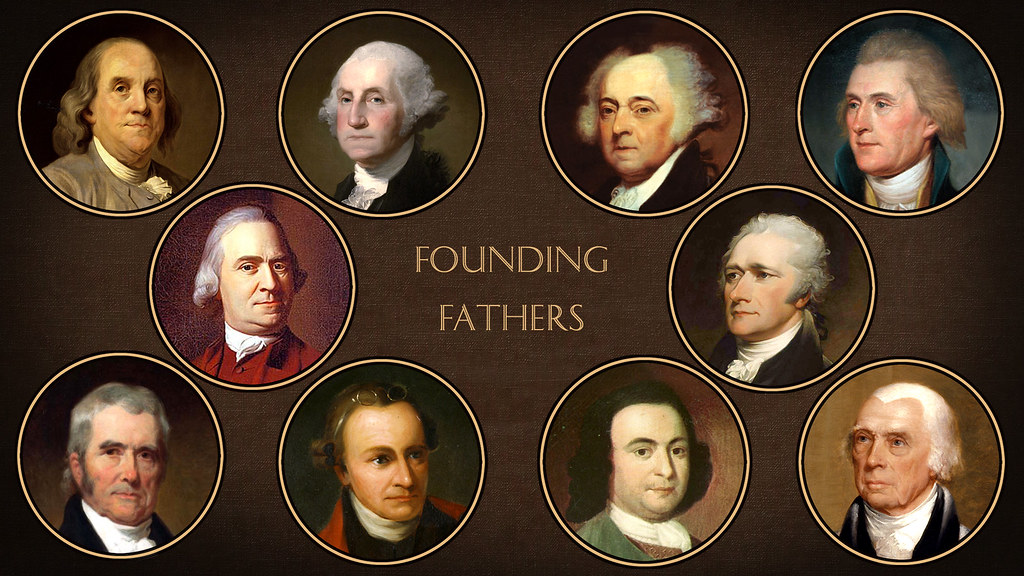
1. The ‘Founding Fathers’ Label: A Surprisingly Recent Invention
It might feel like a term as old as the nation itself, deeply embedded in our historical consciousness, but here’s a mind-bending tidbit: the Founding Fathers themselves probably never heard the phrase “Founding Fathers.” Yes, you read that right! Despite its omnipresence in modern discourse, this now-iconic designation is a relatively modern invention, making its grand debut well over a century after most of these historical figures had shuffled off this mortal coil.
The term wasn’t coined until 1916. Picture this: then-Senator Warren G. Harding was in the midst of giving a speech at the Republican National Convention, and in an eloquent moment, he brought this phrase into existence. Harding’s phrase was comprehensive, intended to encompass the men who valiantly fought in the American Revolution and, crucially, those who painstakingly drafted both the Constitution and the Declaration of Independence. It neatly packaged a complex group of individuals under one memorable banner.
It’s a truly striking revelation, isn’t it? For generations, historians and citizens alike referred to these monumental figures with various descriptors, but none stuck quite like Harding’s innovation. This small piece of linguistic history reminds us that even the language we use to frame our past is subject to evolution and invention, transforming how we perceive historical events and the people who shaped them. It’s a testament to the enduring power of words and the way they can retroactively define an era.
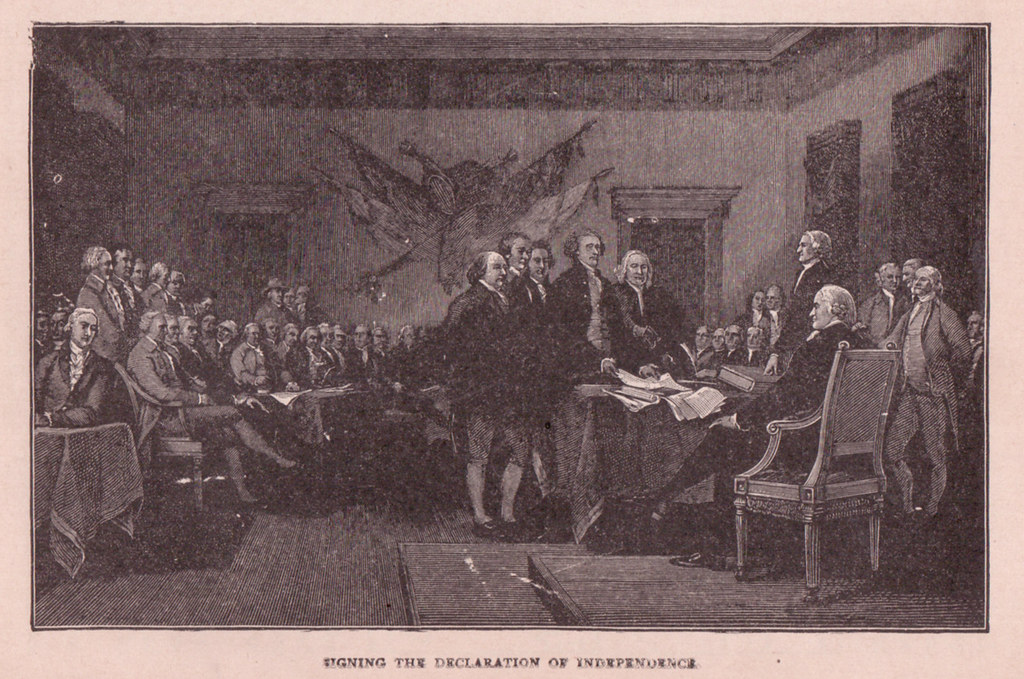
2. Secret Signatures: The Perilous Pact of Independence
When we look at copies of the Declaration of Independence, the signatures, especially John Hancock’s famously bold flourish, jump out at us. They symbolize defiance, unity, and a collective commitment to a revolutionary ideal. Yet, what many textbooks don’t emphasize enough is the sheer bravery—or perhaps audacity—it took for these men to put their names on that document. It wasn’t just a formality; it was a deadly serious pledge.
For some time after its adoption, the signatures on the Declaration of Independence were kept under wraps. This wasn’t some administrative oversight or a quest for anonymity; it was a deliberate and necessary act of self-preservation. There was a palpable and very real fear of reprisal from the British. At the very moment the Declaration was being signed, British armies were stationed nearby, a constant and menacing presence just miles away from where these revolutionary acts were unfolding.
The potential consequences of signing such a document were chillingly clear: to be caught was to be accused of treason, and the punishment for treason, in the eyes of the British Crown, was death by hanging. The stakes couldn’t have been higher. So, while we celebrate their boldness today, it’s crucial to remember the immense personal risk each signer undertook. Their willingness to put their lives and reputations on the line, in secret, underscores the profound courage and conviction that fueled the American Revolution.
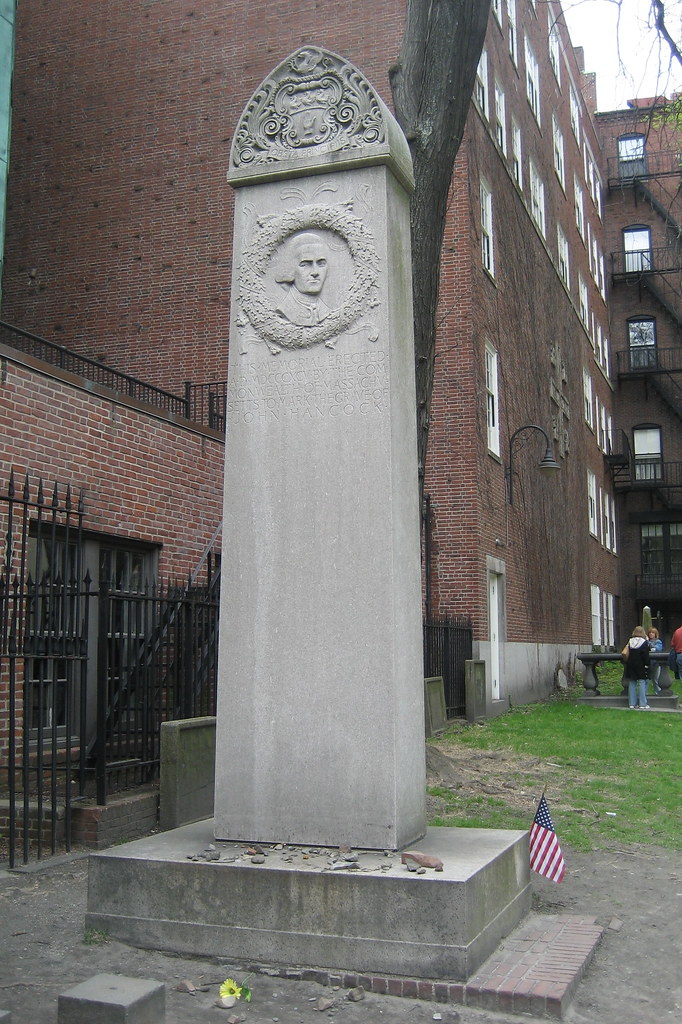
3. John Hancock: Smuggler Extraordinaire and the Price on His Head
John Hancock’s name has become virtually synonymous with a signature – often evoked with the phrase, “Put your John Hancock right here!” This association, largely due to the sprawling, six-square-inch autograph he penned on the Declaration of Independence, is legendary. But before he was the poster child for audacious penmanship, Hancock was making a name for himself in a far more illicit, yet equally impactful, way: as a master smuggler.
Hancock’s entrepreneurial spirit often led him to operate outside the confines of British law. He frequently brought goods like glass, paper, and tea into the colonies in secret, skillfully evading the excessive British taxation that was stifling colonial commerce. This wasn’t just about personal profit; it was an act of defiance, chipping away at the economic control the Crown sought to exert over the American colonies. He was a symbol of colonial resistance to what many considered unjust economic oppression.
Unsurprisingly, Hancock’s highly effective smuggling practices did not endear him to the British authorities. In fact, his activities led to the British Crown wishing to see his head quite literally “mounted on the proverbial stake.” Such was their ire that a bounty was placed on his capture. Interestingly, Hancock himself was reportedly a little irate about this British resentment. He thought the 500 British pound price on his head was insultingly low, a testament to his own outsized ego and his perceived value in the fight for independence. It seems even in the face of grave danger, a Founding Father could still feel a sting of indignation over what he considered a cheap price tag for his very valuable head.
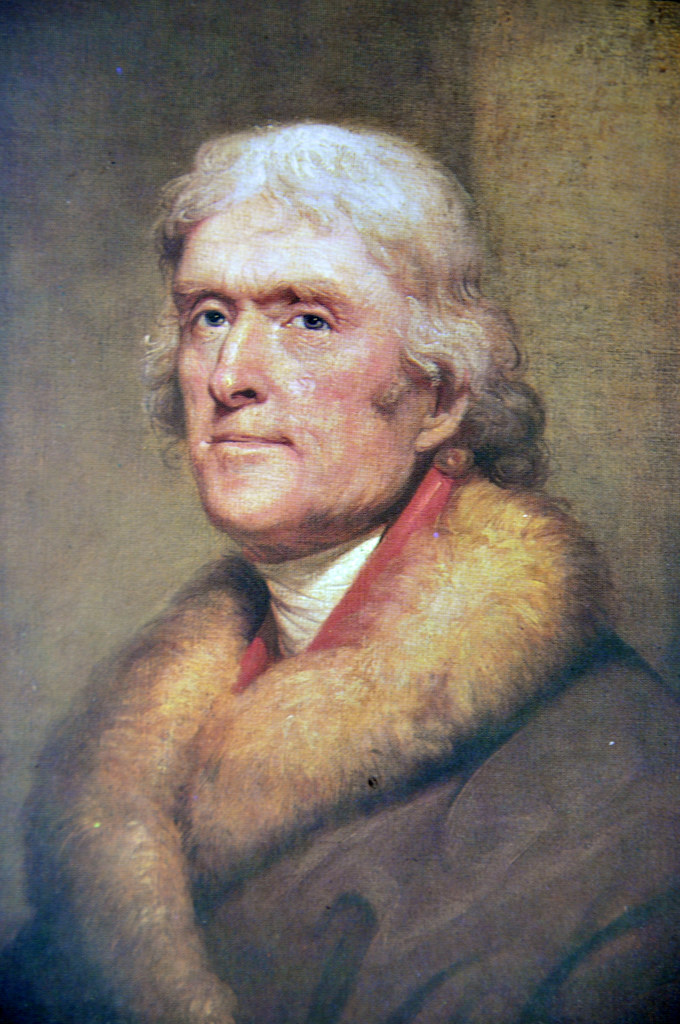
4. Thomas Jefferson’s Original Vision: A Declaration Against Slavery
Thomas Jefferson, the principal author of the Declaration of Independence, is celebrated for his eloquent articulation of liberty, equality, and natural rights. Yet, his personal ownership of slaves casts a long, complex shadow over his legacy – a painful contradiction that continues to spark debate. What many might not realize is that in the initial draft of the very document proclaiming these universal truths, Jefferson included a powerful condemnation of slavery, striving to make its abolition a core principle of the nascent nation.
Jefferson’s original draft contained a clause that sharply criticized King George III for perpetuating the slave trade, framing it as a “cruel war against human nature itself.” He indicted the king for violating the “most sacred rights of life and liberty of a distant people who never offended him, captivating & carrying them into slavery in another hemisphere.” It was a bold and unequivocal statement, one that would have forever altered the course of American history had it remained in the final text.
However, Jefferson later took this profoundly significant part out of the Declaration. The pragmatic reason behind this heartbreaking concession was his understanding that the document simply wouldn’t be approved by delegates from powerful slave-holding states like Virginia and South Carolina. This moment reveals the stark realities and difficult compromises inherent in the birth of the nation, illustrating how even deeply held moral convictions could be sidelined in the pursuit of political unity. It’s a crucial, often omitted, detail that highlights the internal struggle over America’s original sin from the very beginning.
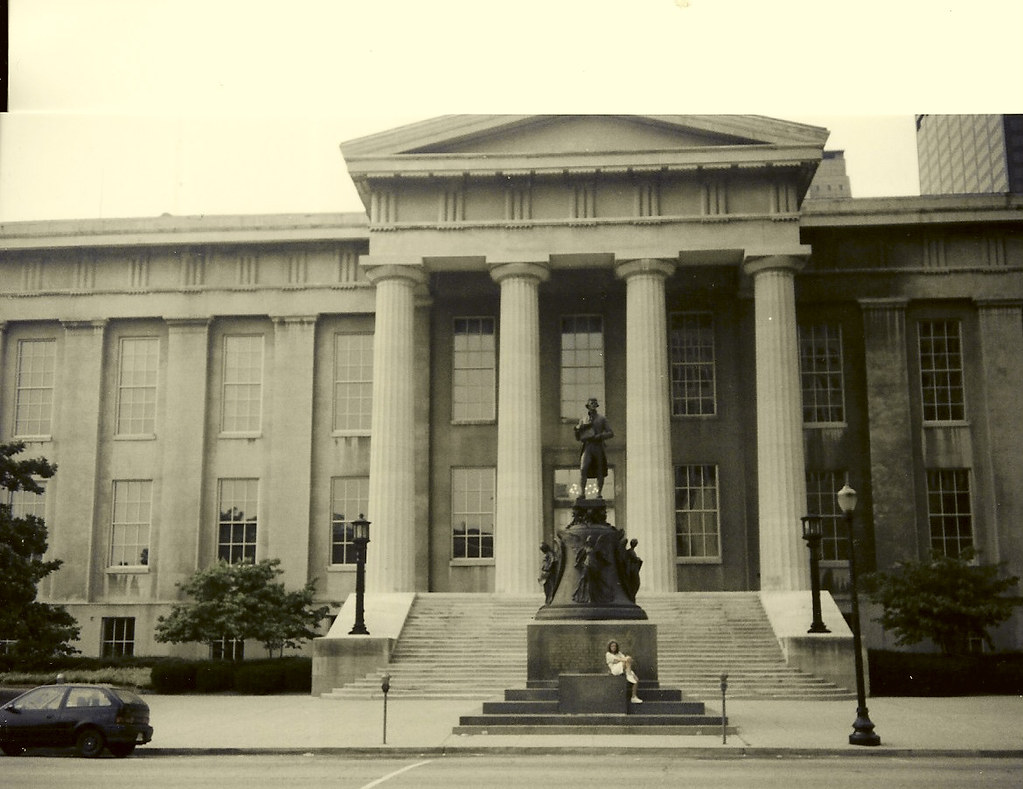
5. The White House’s Wild Guests: Jefferson’s Grizzly Bear Experiment
When you think of presidential pets, images of dogs, cats, or perhaps even a parakeet might come to mind. But Thomas Jefferson, ever the curious and unconventional intellect, can lay claim to having arguably the most unusual – and certainly the most ferocious – “pets” to ever grace the White House grounds. Forget Lassie or Socks; imagine grizzly bears roaming the executive mansion’s lawn!
In 1807, a military captain gifted Jefferson with two grizzly bears. These weren’t cuddly cubs; they were formidable, untamed creatures, representing the wild untamed spirit of the American frontier. Jefferson, acutely aware of their inherent ferocity and the impracticality of keeping such beasts long-term, knew they were far too dangerous to be permanent residents of the White House.
Nevertheless, until he could arrange for their transfer to a suitable handler in Philadelphia – a journey that would take some time – these two majestic, albeit terrifying, grizzlies remained on the presidential grounds for a full two months. Jefferson, ever the pragmatist, kept them securely caged on the front lawn, providing a truly unforgettable spectacle for anyone visiting or passing by. It’s a bizarre, almost unbelievable episode that offers a glimpse into the endlessly fascinating and eccentric character of our third president.
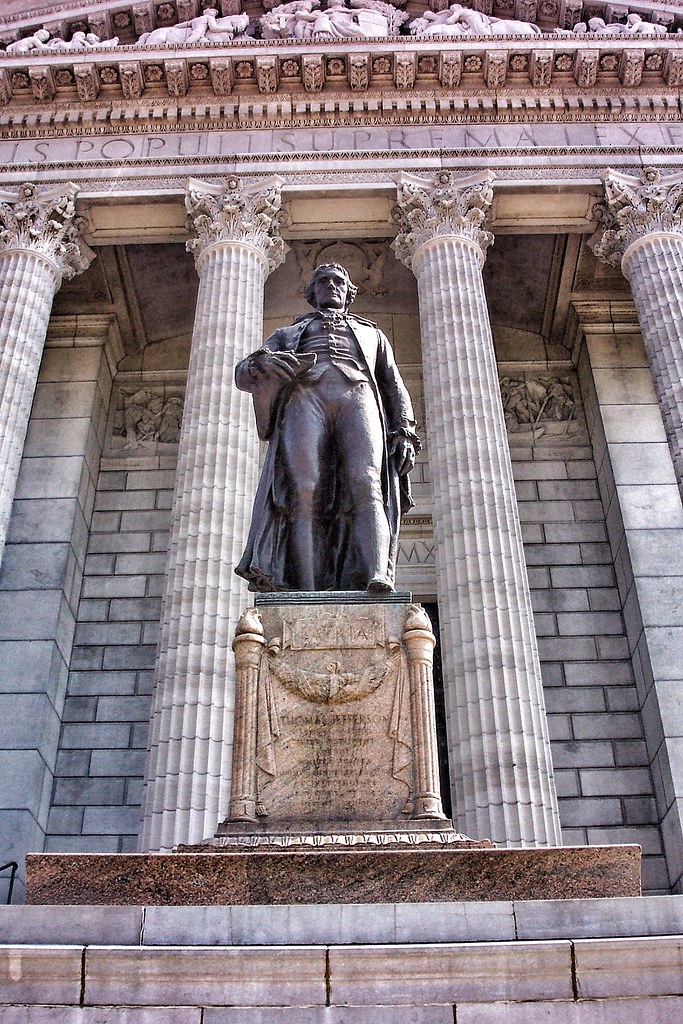
6. A Cringe-Inducing Deal: Jefferson’s Culinary Path to Freedom
Thomas Jefferson’s complex relationship with slavery is a recurring theme in any honest appraisal of his legacy. While he championed ideals of liberty, he remained a slave owner throughout his life. Yet, within this deeply troubling reality lies another surprising, and somewhat uncomfortable, historical fact that further illustrates the peculiar nature of his character and the era’s contradictions. It involves French cuisine, a skilled slave, and a conditional promise of freedom.
Just before Jefferson was appointed minister to France in 1785, he took a preparatory trip to the country and, as many before and after him, quickly fell head-over-heels in love with its exquisite cuisine. Known for his refined tastes and intellectual curiosity, it was perhaps unsurprising that he would seek to bring this culinary excellence back to America. What is surprising, however, is the method he employed.
In what is now recognized as a rather cringe-inducing deal, Jefferson told his slave, James Hemings, that he would grant him his freedom under one specific condition: Hemings would have to learn the intricate art of French cooking during their time abroad and then, upon their return, pass on all of his acquired culinary knowledge to another Jefferson employee. Remarkably, Jefferson kept his word. Hemings spent several years in France mastering the sophisticated techniques of French gastronomy and eventually became a free man in the U.S. in 1796, though not without the bitter taste of a freedom hard-won through the peculiar demands of his master.
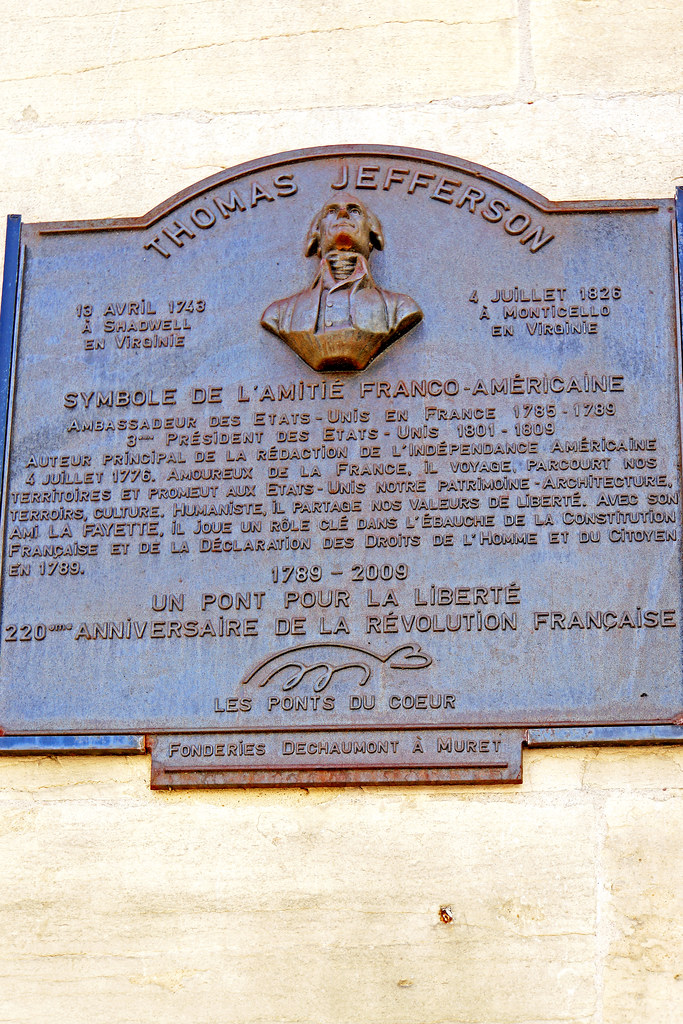
7. The Silent Pen: Jefferson’s Thousands of Letters, But None for His Wife
Thomas Jefferson was an absolute titan of the written word, a prolific correspondent whose quill seemed to be in perpetual motion. He liked to write almost as much as he liked to eat, and his legacy is, in part, preserved through the sheer volume of his personal communications. During his lifetime, the third president penned an estimated 19,000 letters, a staggering number that speaks to his intellectual engagement and his dedication to documenting his thoughts, observations, and political maneuverings. He even made it a practice to keep a copy of each correspondence for himself, creating an invaluable historical archive.
Given this monumental output, one might assume that his closest personal relationships would be well-represented in his written legacy. He corresponded with a vast array of individuals, from political allies and rivals to intellectuals and friends, and famously maintained a lengthy mail correspondence with Abigail Adams, John Adams’s insightful wife. He respected her intellect, treating her as an equal in a time when gender equality was a rare concept, and their letters provide a rich tapestry of their shared world.
However, there’s a truly poignant and somewhat baffling omission in this vast collection: he never wrote to his wife, Martha Wayles Skelton Jefferson. Not a single letter. While some speculate that the deeply private nature of their relationship meant they communicated exclusively in person, or that any such letters might have been destroyed out of sentimentality after her early death, the complete absence of written correspondence stands out sharply against the backdrop of his otherwise ceaseless letter-writing. It’s a curious silence in the life of a man whose words shaped a nation and filled countless pages, leaving us to wonder about the intimate dynamics of one of America’s most intellectual figures.
Alright, history lovers, we’ve already peeled back some fascinating layers of the Founding Fathers’ lives, revealing linguistic quirks, secret pacts, and even presidential pets that defied imagination. But trust us, the well of surprising historical tidbits is far from dry! Get ready as we delve even deeper into the lives of these giants, exploring their less conventional views, their personal eccentricities, and the scandalous histories that often get skipped in the sanitized versions of our nation’s birth story.
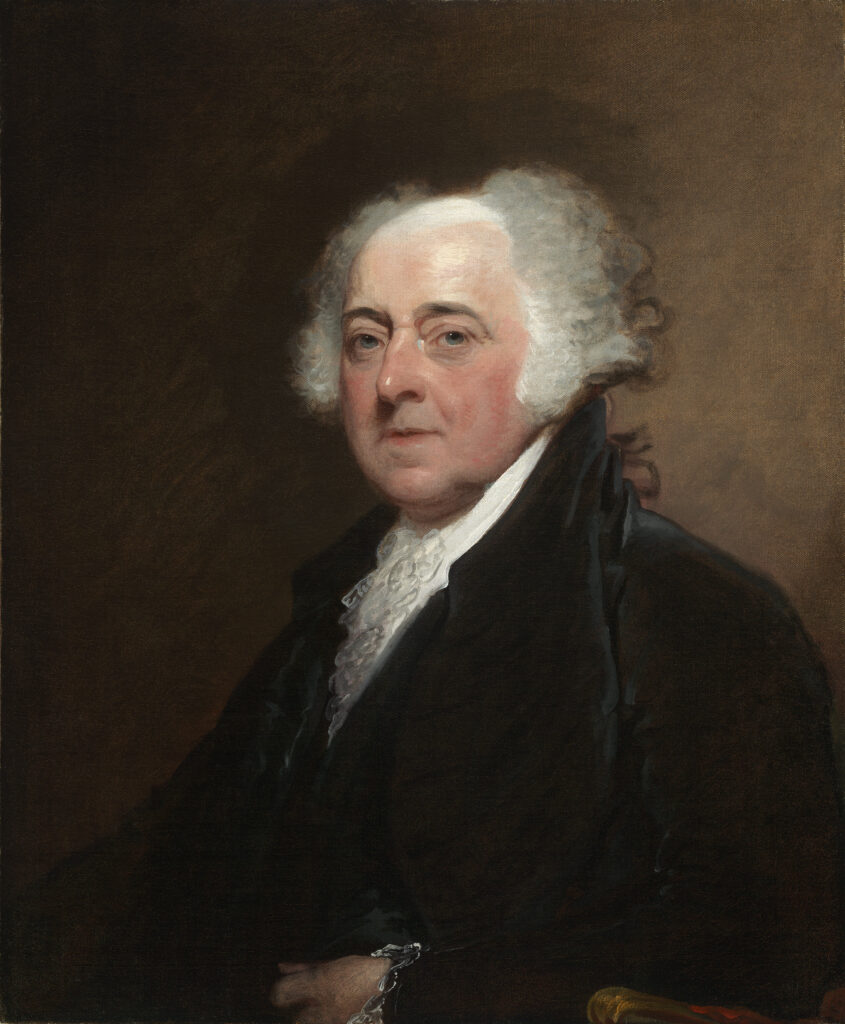
8. John Adams’s Unconventional Presidential Style and Canine Companions
John Adams, a formidable intellectual and a passionate advocate for American independence, certainly had some strong opinions about the mechanics of the new government, especially when it came to his own roles. His frustration with the vice presidency, for instance, was legendary. He famously, and perhaps somewhat dramatically, labeled it “the most insignificant office that ever the invention of man contrived.” It seems a man of Adams’s intellect and drive found the ceremonial duties of the VP a tad stifling.
Adams’s unconventional spirit extended even to his views on the presidency itself. He was not shy about lobbying for a more regal designation for the chief executive, suggesting the president should be referred to as “his highness.” This rather pompous view, which aimed to imbue the office with a certain splendor reminiscent of European royalty, may have played a part in his lost bid for re-election. It seems the American public, freshly out of a monarchy, wasn’t quite ready for a president who wanted to be addressed with such grandiosity.
Despite his lofty ideas, Adams did eventually become the first president to take up occupancy in the White House, moving into the then-unfinished executive mansion in 1800. However, fate, or perhaps just slow construction, had a cruel twist: he was only in office for five more months after moving in. This brief residency, however, still cemented his place in history for another charming reason.
Adams didn’t arrive alone; he brought with him two canine companions, Juno and a dog with the wonderfully provocative name, Satan. Yes, you read that right: Satan! These presidential pups thus became the very first dogs to live in the White House, adding a delightfully quirky footnote to the Adams’s short but significant stay in the nation’s most famous residence. It certainly gives a whole new meaning to bringing your whole family to work!
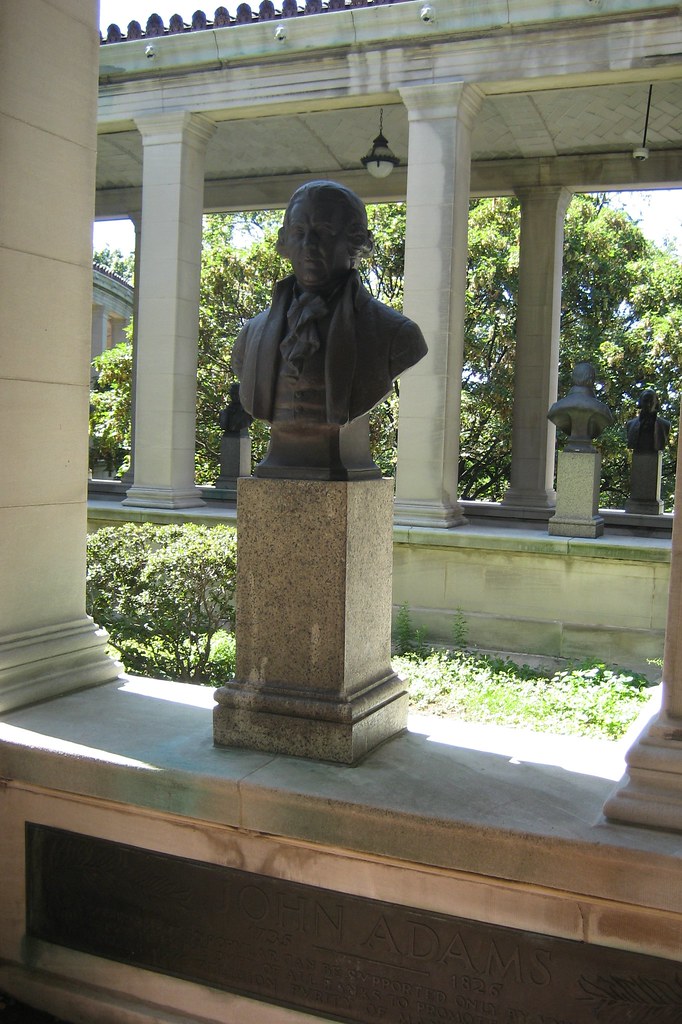
9. John Adams: From Shakespearean Admirer to Military Music Patron
Beyond his political maneuvering and unconventional ideas about presidential decorum, John Adams possessed a rich inner life, including a surprisingly strong appreciation for the arts. This isn’t something often highlighted in textbooks, but Adams was, in fact, an ardent admirer of William Shakespeare. It’s a delightful detail that adds another dimension to his character, revealing a statesman who also found solace and inspiration in the Bard’s timeless works.
His admiration was so profound that in 1786, while serving abroad, Adams seized the opportunity to visit Shakespeare’s home in Stratford-upon-Avon, accompanied by none other than Thomas Jefferson. Imagine that historical field trip! While Adams thoroughly enjoyed the pilgrimage to the literary landmark, Jefferson, ever the pragmatist, was reportedly less impressed, grumbling that they were “overcharged for the tour.” It seems even amidst historical awe, some things never change.
But Adams’s contribution to culture wasn’t limited to literary appreciation. In a move that might seem uncharacteristic for someone who complained about his own job, Adams demonstrated his patronage of the arts by establishing the United States Marine Band in 1798. This wasn’t some minor ensemble; it proudly holds the distinction of being the oldest active professional music group in the entire country, a vibrant legacy still thriving today.
It just goes to show that even our most earnest Founding Fathers contained multitudes. Adams, the self-proclaimed critic of his vice presidency and the man who wanted to be called “his highness,” also nurtured a love for classic literature and founded a national musical institution. And in a final, poignant twist of fate, both John Adams and Thomas Jefferson—these two giants who shaped a nation—died on the exact same day: July 4, 1826, precisely 50 years after the Declaration of Independence was adopted. Talk about a dramatic exit!

10. Benjamin Franklin’s Philosophical Ponderings and Peculiar Proposals
Benjamin Franklin, the ultimate polymath, was a man of boundless curiosity and an intellect that often ventured into unexpected territories. Even in his youth, he wasn’t afraid to challenge conventional wisdom, as evidenced by a pamphlet he self-published at the tender age of 19 in 1725. Titled “A Dissertation Upon Liberty and Necessity, Pleasure and Pain,” this early philosophical work argued that humans didn’t actually possess free will and, therefore, weren’t truly responsible for their actions.
Thankfully, maturity, as it often does, brought a change of perspective. Franklin later came to view this youthful treatise as an error, so much so that he reportedly went to great lengths to burn almost every copy of the booklet he could find. It’s a testament to his evolving intellect and perhaps a delightful glimpse into a Founding Father’s capacity for self-correction—or just plain embarrassment!
His eccentricities weren’t limited to youthful philosophical musings; Franklin also harbored a rather peculiar plan to radically rearrange the English alphabet. He believed many letters were redundant and proposed eliminating C, J, Q, W, X, and Y from the lexicon. As you can probably guess from his own spelling quirk, this ambitious linguistic overhaul, much like his youthful philosophy, didn’t exactly “katch on.”
But let’s not forget, Franklin’s eccentricities often came hand-in-hand with genuine genius. Amidst his more outlandish ideas, he also gifted humanity with remarkably practical inventions. A prime example? Bifocals! He invented these ingenious lenses to solve his own vision problems, allowing him to see both distant objects and read text up close without the hassle of switching glasses. Now that’s a legacy that truly stuck, and one we can all be thankful for.

11. Benjamin Franklin’s Avian Antipathy and Aquatic Aversion
America’s most eccentric Founding Father, Benjamin Franklin, certainly had a knack for stirring the pot, and his opinions on national symbols were no exception. While most of us revere the bald eagle as a majestic emblem of freedom, Franklin held a rather contrary view. He famously dissed the iconic bird, calling it “a bird of bad moral character” and even going so far as to advocate for the humble turkey to be the nation’s official bird instead!
Franklin’s wit and desire to challenge perceived wisdom often manifested in humorous, if not outright cheeky, ways. One such instance was his satirical essay titled “Fart Proudly.” This mocking piece was intended to needle the Royal Academy of Brussels, an institution he felt was far too preoccupied with impractical scientific endeavors. In it, he comically advocated for a breakthrough in making flatulence more pleasant-smelling. Though he never actually sent it, the essay remains a delightful peek into Franklin’s irreverent humor and his ongoing quest for practical improvements, no matter how unconventional.
His unique perspectives weren’t just for public consumption; they extended even to his personal habits, particularly concerning hygiene. Forget traditional cold water baths, which he wasn’t keen on; Franklin often opted for what he dubbed an “air bath.” This involved wandering around in his quarters for a full half-hour each morning, usually while engrossed in reading or writing. It was his personal, breezy ritual, and a quirky example of his dedication to both personal well-being and intellectual pursuits.
And speaking of peculiar habits, Franklin once engaged in a rather comical argument with John Adams during a 1776 trip. Forced to share a hotel room, the two famously sparred over whether the window should be left open or closed. Adams, clinging to the belief that night air could cause colds, was staunchly against it. Franklin, ever the advocate for fresh air and dismissing such notions as nonsense, insisted on a little breeze. As you might expect, the ever-persuasive Franklin won, and the window stayed open.
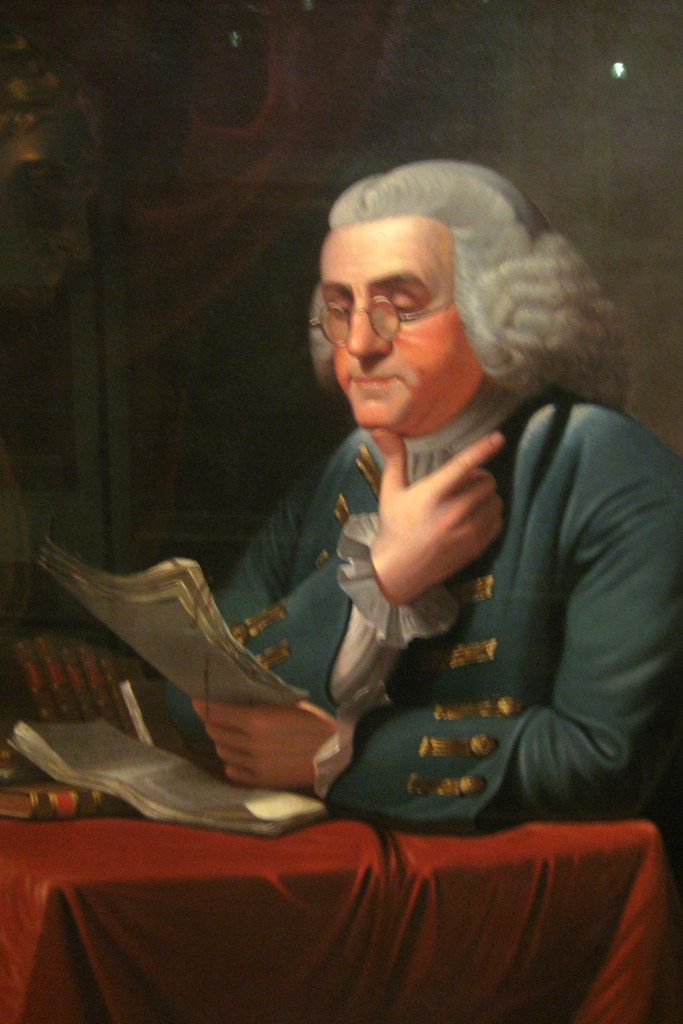
12. Benjamin Franklin’s Enduring Popularity and Posthumous Wisdom
When Benjamin Franklin finally passed away in 1790, the outpouring of grief and respect was nothing short of monumental. An astounding 20,000 people attended his funeral—a truly staggering number when you consider it represented two-thirds of Philadelphia’s entire population at the time! This massive turnout is a testament to his immense popularity and the deep affection and admiration he garnered from ordinary citizens and luminaries alike. He was, without a doubt, a man of the people.
It’s interesting to note that even a man of Franklin’s unparalleled achievements wasn’t without his personal struggles, particularly when it came to his ego. Friends, early in his life, gently suggested that he might consider humility a virtue. This self-awareness, or at least the advice he received, stands in contrast to George Washington, who reportedly “had to corral his predilection for arrogance.” It’s a fascinating glimpse into the human side of these historical figures, reminding us that even titans had their flaws and worked to overcome them.
Franklin’s journey from a youthful philosopher questioning free will to an inventor, diplomat, and beloved public figure encapsulates the very spirit of the Enlightenment in America. His blend of wit, intellect, and practical ingenuity has cemented his place as perhaps the most endlessly fascinating, and certainly the most eccentric, of all the Founding Fathers.
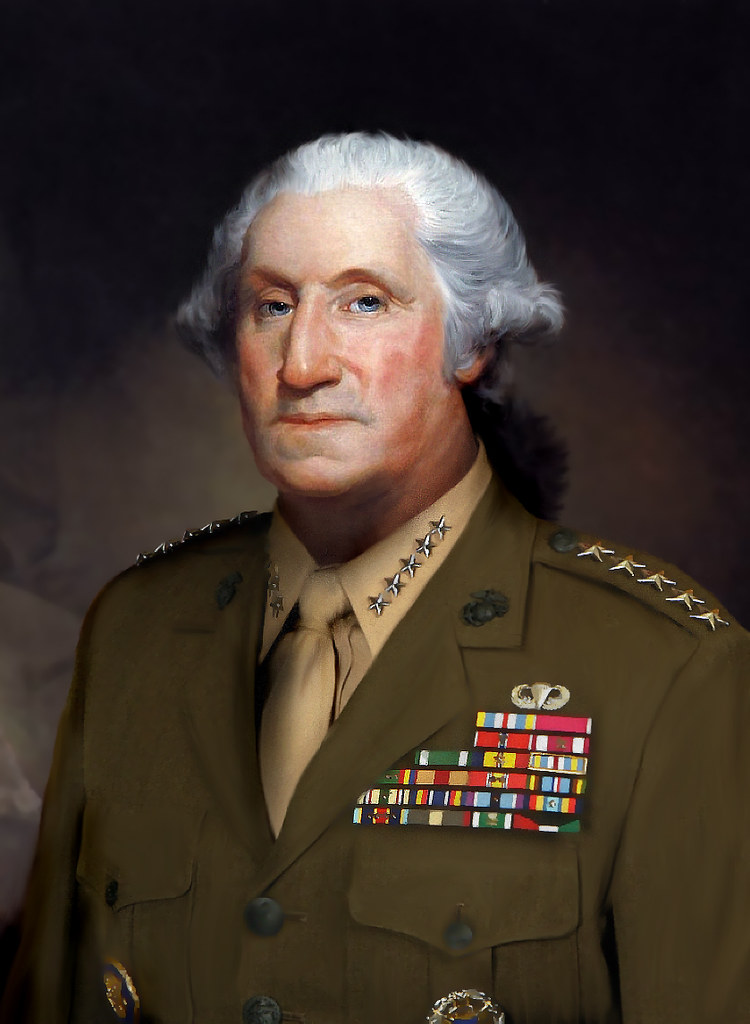
13. George Washington’s Personal Style and Powerful Temper
George Washington, the stoic figure on our dollar bills, often appears composed and serene, but dig a little deeper, and you’ll find a man of vibrant personality and unexpected quirks. Take his famous hairdo, for instance. Contrary to popular belief, that iconic white coiffure wasn’t a wig at all! It was his actual hair, meticulously powdered white and painstakingly styled each morning. So, while he may have curbed his ego, he clearly made time to look the part of a distinguished leader.
But don’t let the calm visage fool you. If you caught Washington on the wrong day, you’d witness a side of him few historians detail. This man, whose leadership was instrumental in forging the nation, could unleash a truly hellacious temper. His fury was a force to be reckoned with, a stark contrast to the collected leader we usually imagine.
There’s a fantastic, almost cinematic, account from the Battle of Monmouth in 1778. General Charles Scott, a witness to Washington’s wrath, famously recalled that the commander-in-chief cussed “until leaves shook on the trees… never have I enjoyed such swearing before or since.” It paints a vivid, albeit surprising, picture of a man driven by immense passion and a fierce dedication to his cause, capable of both calm leadership and thunderous indignation.
Read more about: Taste of History: 14 Iconic Recipes from U.S. Presidents and First Ladies to Try at Home
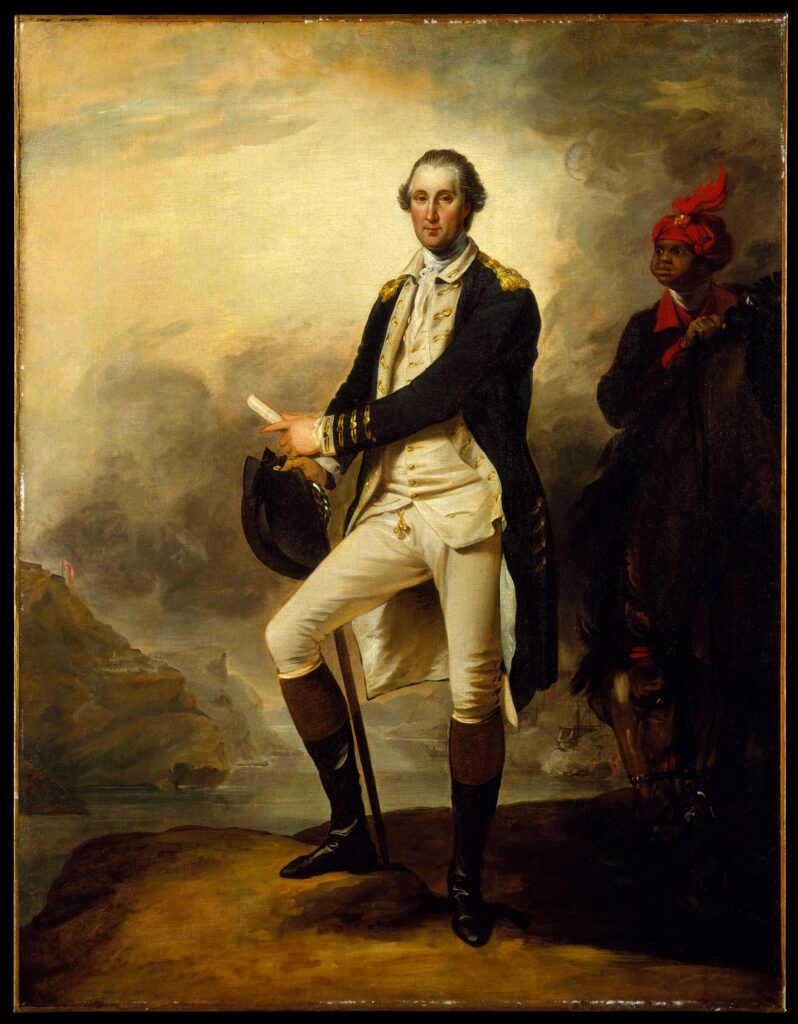
14. George Washington’s Unexpected Post-Presidency and Medical Woes
Later in life, George Washington demonstrated a profound sense of modesty that helped establish a crucial principle for the fledgling American presidency. Despite immense public desire for him to run for a third term—a contest he undoubtedly would have won with ease—Washington chose to step down after two terms. This decision was driven by his desire to resume life as a regular citizen, a powerful statement against the long-term rule often associated with European monarchs and a foundational act for American democratic norms.
But what does a retired Founding Father do after leading a revolution and defining the presidency? If you’re George Washington, you open a whiskey distillery! Once he returned to private life at Mount Vernon in 1797, his entrepreneurial spirit led him to establish what quickly became the largest whiskey distillery in all of America. From commander-in-chief to master distiller – now that’s a career pivot!
Yet, Washington’s vision for the nation sometimes bordered on pessimism. Before taking the presidential oath, he was deeply involved in the Constitutional Convention. While working to craft the very document that would provide concise guidelines for future lawmakers, Washington harbored serious doubts about its longevity. Walking with a friend just before the convention concluded in 1787, he remarkably stated, “I do not expect the Constitution to last for more than 20 years.” A truly astonishing sentiment from one of its key architects.
Ironically, Washington himself didn’t last much longer than his initial projection for the Constitution. Plagued by a host of medical problems throughout his life, including malaria, smallpox, tuberculosis, and diphtheria, the revered Founding Father died in 1799 at the age of 67. His final days were particularly grim: suffering from a severe sore throat, he asked doctors to bleed him, a common but often fatal practice of the era. They complied, removing a staggering five pints from his body in a single day, a procedure that undoubtedly hastened his demise.
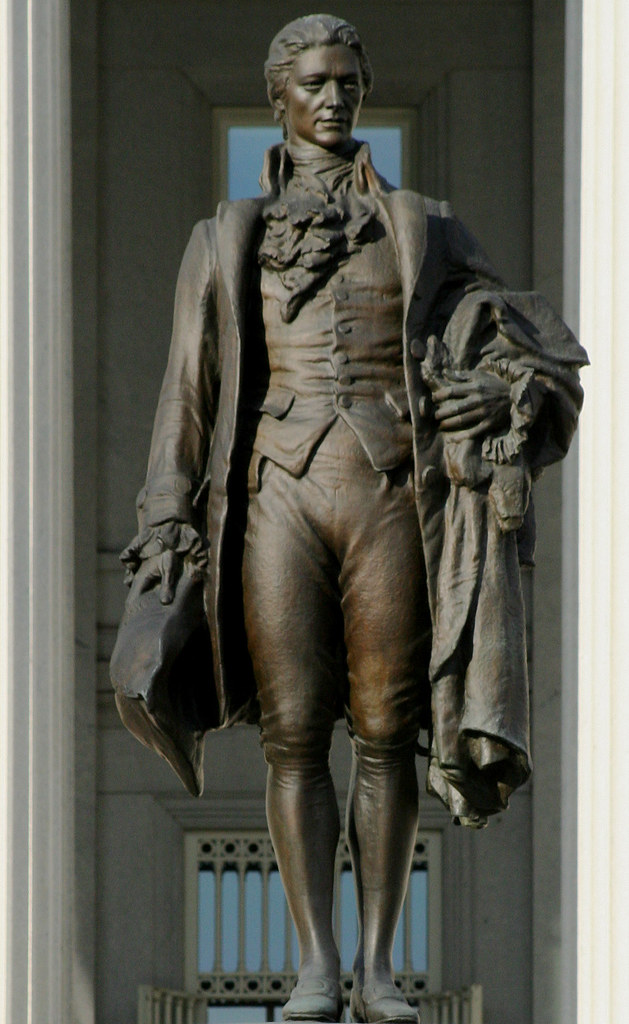
15. Alexander Hamilton’s Public and Personal Battles
Alexander Hamilton, a brilliant economist and one of the nation’s most influential architects, was also at the center of America’s very first political scandal. While serving as U.S. treasury secretary in 1791, Hamilton engaged in an affair with a married woman, Maria Reynolds. When her husband threatened to expose the illicit relationship, Hamilton, in an unprecedented move, wrote and publicly circulated a detailed pamphlet defending his side of the story. The “Reynolds Affair” sent shockwaves through the nascent political landscape, proving that public figures have always faced scrutiny, even in the earliest days of the republic.
And in a fascinating, if not darkly ironic, twist, the lawyer who later represented Maria Reynolds when she sued her husband for divorce was none other than Aaron Burr—the very man who would, years later, become Hamilton’s fatal dueling foe. It’s an uncanny connection that intertwines their destinies long before their legendary final encounter.
Beyond the scandalous headlines, Hamilton’s public service was undeniably impactful. Recognizing the need to combat smuggling and enforce tariff laws, he took the initiative to organize a marine service. This crucial maritime force eventually evolved into what we know today as the United States Coast Guard, a vital institution still protecting America’s coastlines centuries later. It’s a powerful reminder that Hamilton’s legacy extends far beyond fiscal policy.
Tragically, the specter of dueling haunted the Hamilton family even before Alexander’s own fateful encounter. Just three years prior, his eldest son, Philip, challenged a lawyer named George Eacker to a pistol fight after Eacker publicly criticized his father. The duel ended in tragedy, with Eacker shooting Philip, who succumbed to his wounds the next day. This heartbreaking event served as a somber precursor, an almost prophetic warning, of the path Alexander himself would later tread.
Hamilton’s life was a whirlwind of activity, marked by both brilliance and controversy. He even teamed up with Aaron Burr (yes, him again!) in what is believed to be the United States’ first recorded murder trial in 1799, defending an accused boyfriend who was ultimately acquitted despite widespread public belief in his guilt. He also founded a cultural touchstone, the New York Post, in 1801, which remains one of the country’s longest continually published newspapers, and of course, his hand was instrumental in authoring many of the influential Federalist Papers, rallying support for the Constitution. Yet, despite these monumental achievements, personal animosities ran deep, notably his intense and defining rivalry with James Madison, which dramatically colored the early political tone of the nation.
And there you have it – a whirlwind tour through the truly surprising, witty, and sometimes scandalous side of America’s Founding Fathers! We’ve peeled back the layers of formal portraits and lofty rhetoric to reveal the human, eccentric, and utterly fascinating individuals who shaped the destiny of a nation. These were men of profound vision, yes, but also men with odd pets, fiery tempers, peculiar philosophies, and even a few juicy scandals. Their stories are far richer, and certainly more entertaining, than any textbook might lead you to believe. So the next time you reflect on American history, remember these unsung details, and appreciate the truly wild and wonderful tapestry that forms the foundation of the United States.


